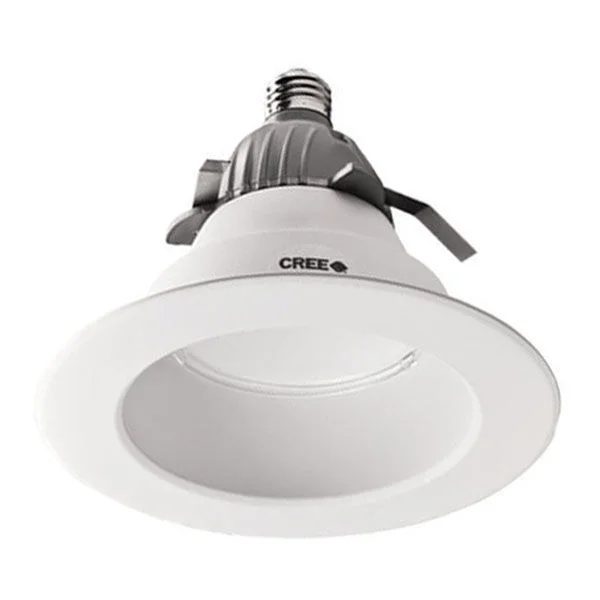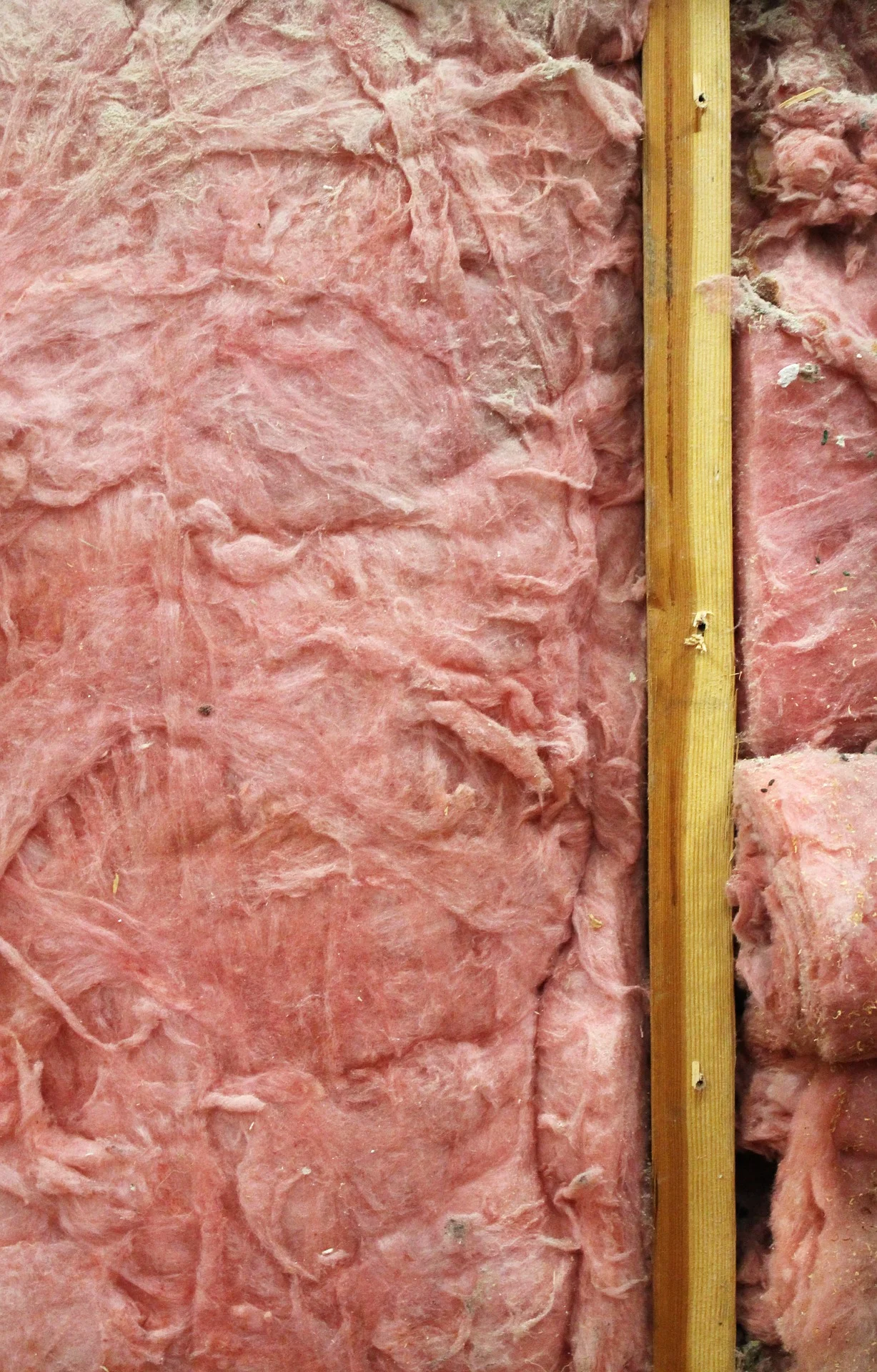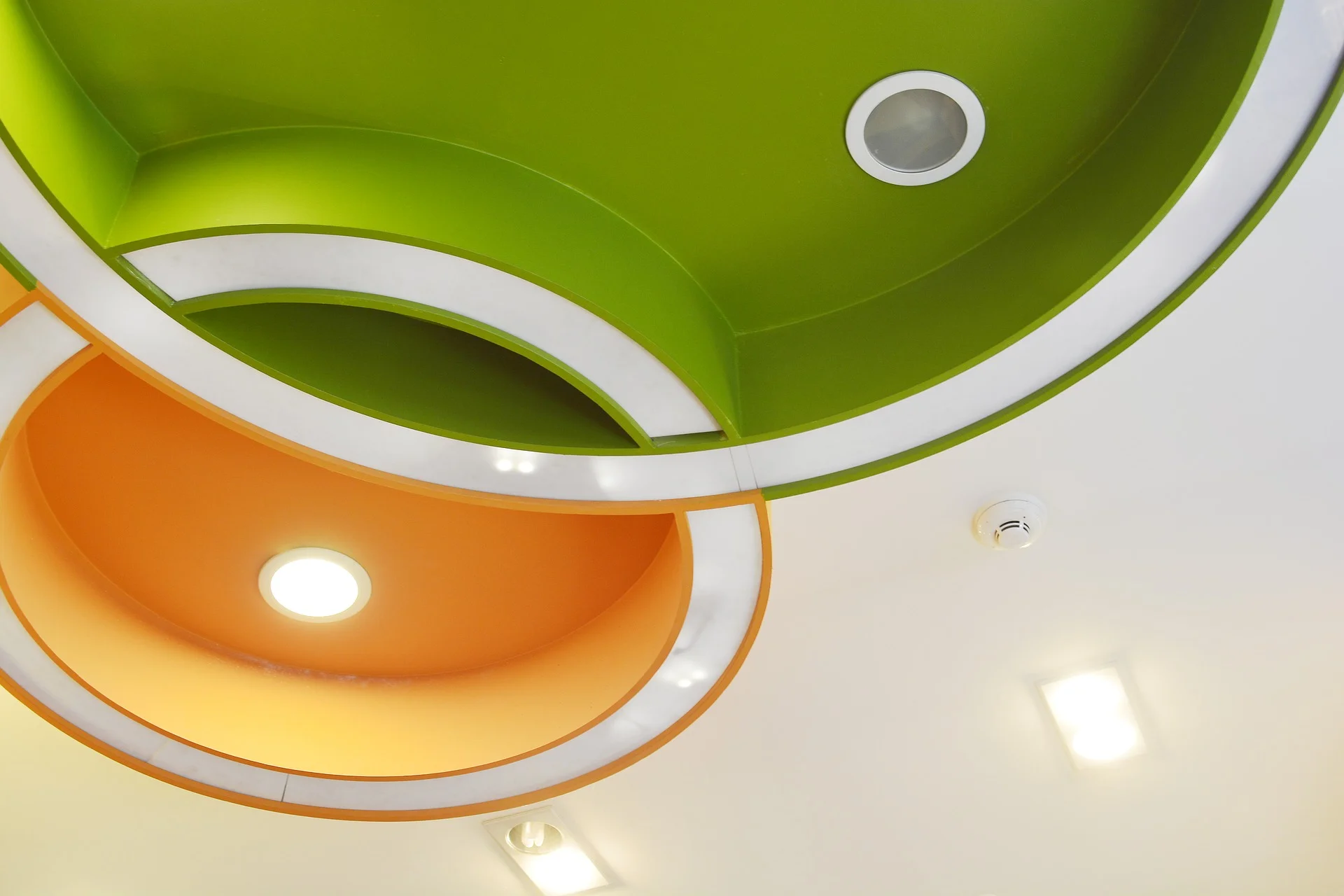Recessed Lighting Buyer's Guide, Part 1
In a recent lighting trend, remodelers and new homeowners are choosing subtle recessed fixtures over more traditional general or accent lighting. Recessed fixtures, as known as “can lights” because of their shape, are permanent downlights built into the ceiling of a room with only the fixture trim showing. Whether you’re searching for replacements or building them into a new home, we’re here to lay out your options.
Old or New? Remodel vs. New Construction
Cree LED Downlight Module
Recessed lighting breaks down into typically two parts. The housing, which is comprised of the socket, the junction box for the wiring, and the fixture casing that can include struts to fit in between the framing (i.e. ceiling joists) in your ceiling. The second part is the trim, the only part that shows on the ceiling. Newly constructed homes can use larger “new construction” housing because lights are placed as the home is being built. Remodels require a smaller, more compact retrofit housing to fit through the new hole in your ceiling. If you already have recessed lighting and want to switch to LED, then consider getting retrofit LED downlight modules which include a trim. Otherwise, you can just replace your incandescent or halogen lights with a corresponding LED bulb in your preferred color temperature.
Cathedral ceilings, vaulted ceilings, or any sort of ceiling with sloping sides requires a special type of sloped ceiling housings, which have angled struts and cans to fit in with your ceiling. They are available for either new construction or remodels.
IC or Non-IC Rated?
Another feature to factor into your recessed housing decision depends on what is in your ceiling. Although insulation in your ceiling is meant to manage your room temperature, it can also trap heat around your recessed fixture, burning out the bulb. Remember that insulation is a flammable material and excess heat makes the situation a potential fire hazard as well. However, an IC rated fixture is cleared for contact with insulation, while a non-IC rated fixture needs to be at least three inches from your insulation. You can read more about where to use IC vs. non-IC rated downlights in a separate post.
Airtight?
Airtight Baffle Cone trim
If you’re in love with your AC or simply dread the electric bill, you will want to invest in airtight recessed fixtures. These fixtures feature a special baffle cone that fits over the socket to keep your cool air or heat from flowing into unnecessary spaces. A key place to install airtight fixtures is in the ceiling underneath the attic. You may be asking, “But what about the insulation in that ceiling?” Luckily for all of us, a recessed fixture can be airtight and either IC or non-IC rated; you don’t have to choose between the two options. You may have to search to find airtight IC or non-IC rated fixtures in smaller sizes like the 3-inch can light. You can also purchase these cones separately, but you might as well buy a fixture that comes with the cone to save yourself the hassle and possibly some money.
Line or Low Voltage?
Most recessed lighting will use the line or main voltage coming from your house, which is 120 Volts. However, smaller lights used as recessed track lighting, might use 12-Volt MR16 bulbs. In that situation, a transformer is added to the housing as a third component to reduce the voltage from 120 to 12 Volts. When upgrading to LED, the transformer must also be compatible with the new bulb. Look for compatibility sheets to see if your transformer makes the list before you buy.
Lighting Size
Recessed fixtures come in three common aperture sizes: 4-inch, 5-inch, or 6-inch diameter. There is an ongoing debate about which size is best for your ceiling. Many people like the inconspicuous look of 4-inch fixtures but the narrow light spread may cause you to need twice as many fixtures for the room’s square footage. On the other end of the spectrum, 5 or 6-inch fixtures are wide enough allow for the amount light you want with fewer fixtures but some may not care for the larger holes in the ceiling. Other people may choose to mix and match fixture sizes to achieve the right light.
Part two of our buyer’s guide will cover the finishing touches: trims, bulbs, and “how many holes do I need in my ceiling?” Your questions, suggestions, or advice are welcome in the area below. Stay up-to-date with the latest lighting news and ideas on our Facebook, Twitter, LinkedIn, or Pinterest. You can also call our 1000Bulbs.com staff at 1-800-624-4488 during normal business hours for hassle-free, everyday lighting solutions.










